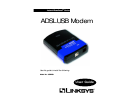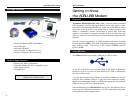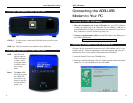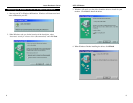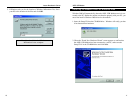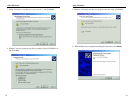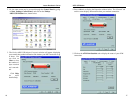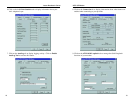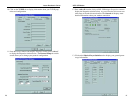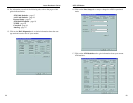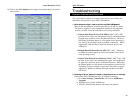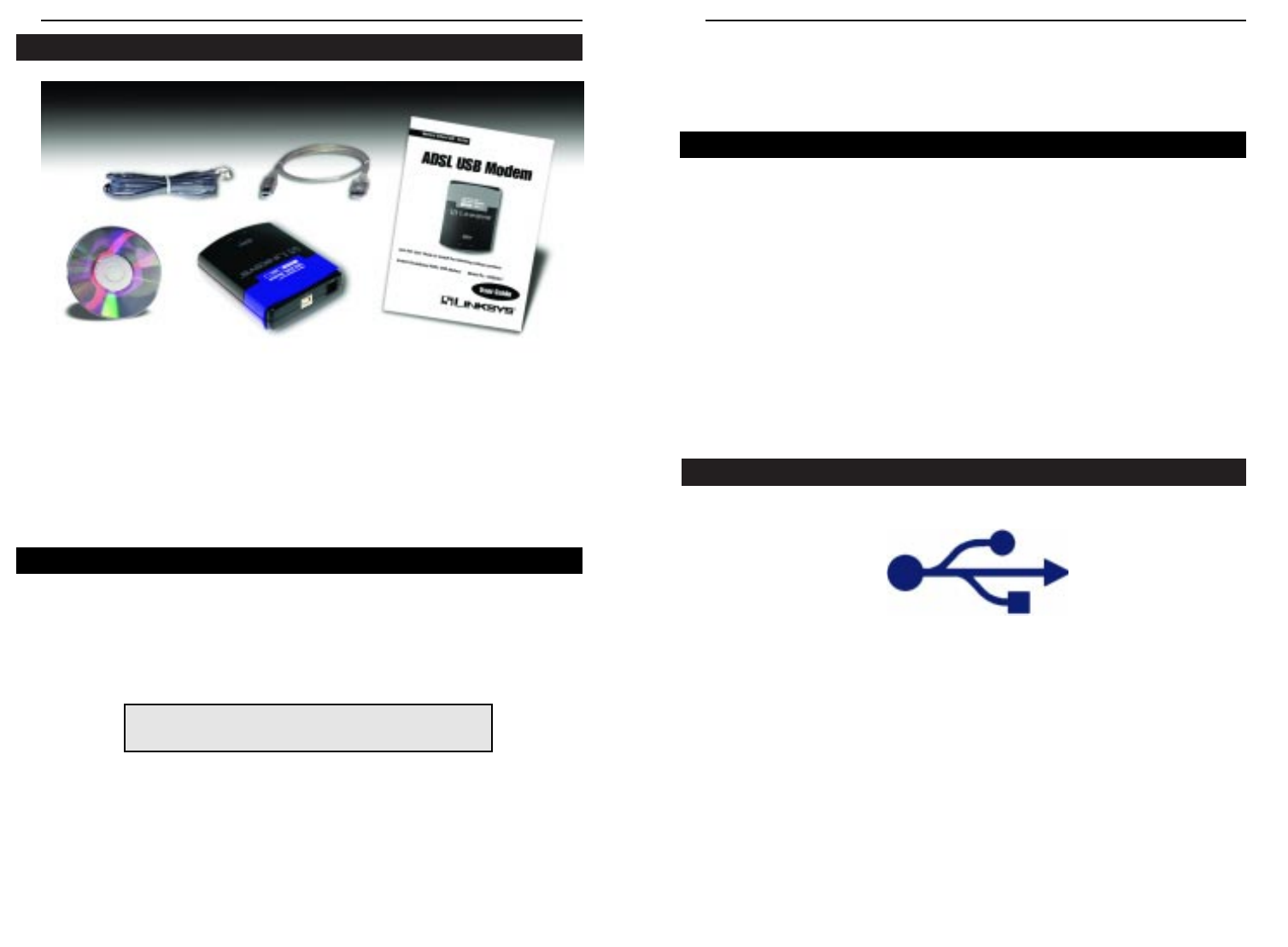
ADSL USB Modem
3
Getting to Know
the ADSLUSB Modem
Overview
Asymmetric Digital Subscriber Line (ADSL), the most popular residential
DSL technology, provides high-speed Internet access over regular, copper
phone lines by maximizing bandwidth use. In this way, ADSL Internet service
can coexist on the same line as your phone service, without disrupting calls.
ADSL is “asymmetric” because it downloads, or receives data, faster than
uploads it is transmitted. Asymmetric operation is ideal for home and small
office use where files and information are downloaded more frequently than
uploaded.
There are several standard types of ADSL modulation techniques, including
Discrete Multitone (DMT). Your ADSL USB Modem supports the following
DSL standards: ANSI T1.413 Issue 2, ITU G.992.1 (G.DMT) and ITU
G.992.2 (G.lite).
The USB Icon
The USB icon shown below marks a USB port on a PC or device.
To use this USB device, you must have Windows 98, 2000, or Millennium
installed on your PC. If you do not have Windows 98, 2000, or Millennium,
this device will not work.
Also, this device requires that a USB port is installed and enabled on your PC.
Some PCs have a disabled USB port. If your port doesn’t seem to be working,
there may be motherboard jumpers or a BIOS menu option that will enable the
USB port. See your PC’s user guide for details.
Some motherboards have USB interfaces, but no ports. You should be able to
install your own USB port and attach it to your PC’s motherboard using hard-
ware purchased at most computer stores.
Instant Broadband
TM
Series
Package Contents
• Instant Broadband
TM
ADSL USB Modem
• One USB Cable
• One Setup CD-ROM
• One User Guide and Registration Card
• One RJ-11 Telephone Wire (not shown)
System Requirements
• Windows 98, 2000, or Millennium
• 300+ mHz Pentium II CPU or compatible system
• ADSL Internet service
• CD-ROM drive
2
Note: The ADSL USB Modem will not run under
Windows 95 or Windows NT.



